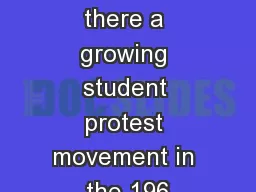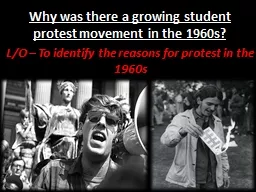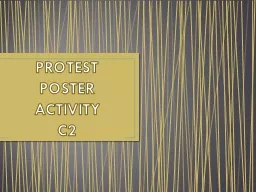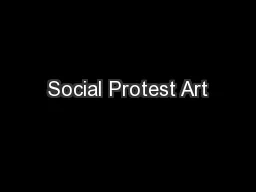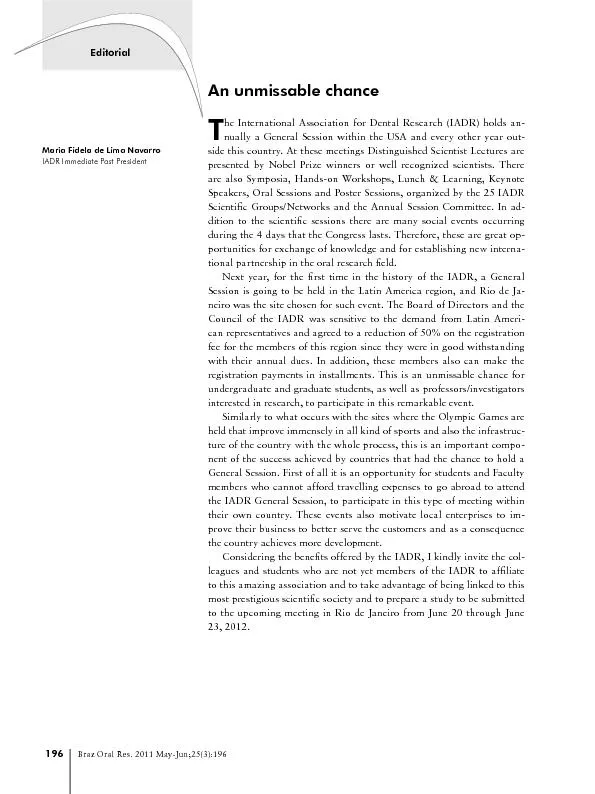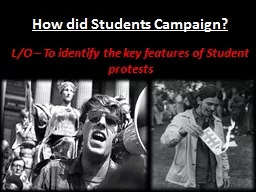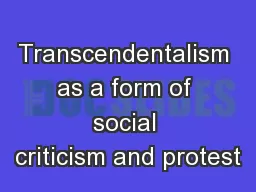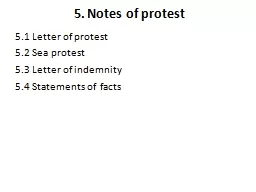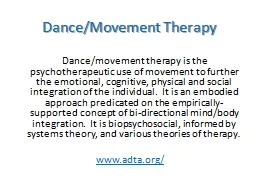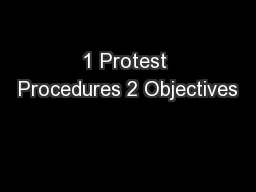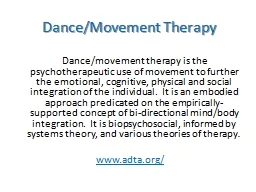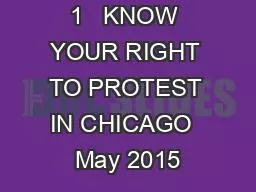PPT-Why was there a growing student protest movement in the 196
Author : pamella-moone | Published Date : 2017-12-07
LO To identify the reasons for protest in the 1960s Reasons for Protest The number of students grew throughout the 1960s but their dissatisfaction with society
Presentation Embed Code
Download Presentation
Download Presentation The PPT/PDF document "Why was there a growing student protest ..." is the property of its rightful owner. Permission is granted to download and print the materials on this website for personal, non-commercial use only, and to display it on your personal computer provided you do not modify the materials and that you retain all copyright notices contained in the materials. By downloading content from our website, you accept the terms of this agreement.
Why was there a growing student protest movement in the 196: Transcript
Download Rules Of Document
"Why was there a growing student protest movement in the 196"The content belongs to its owner. You may download and print it for personal use, without modification, and keep all copyright notices. By downloading, you agree to these terms.
Related Documents

